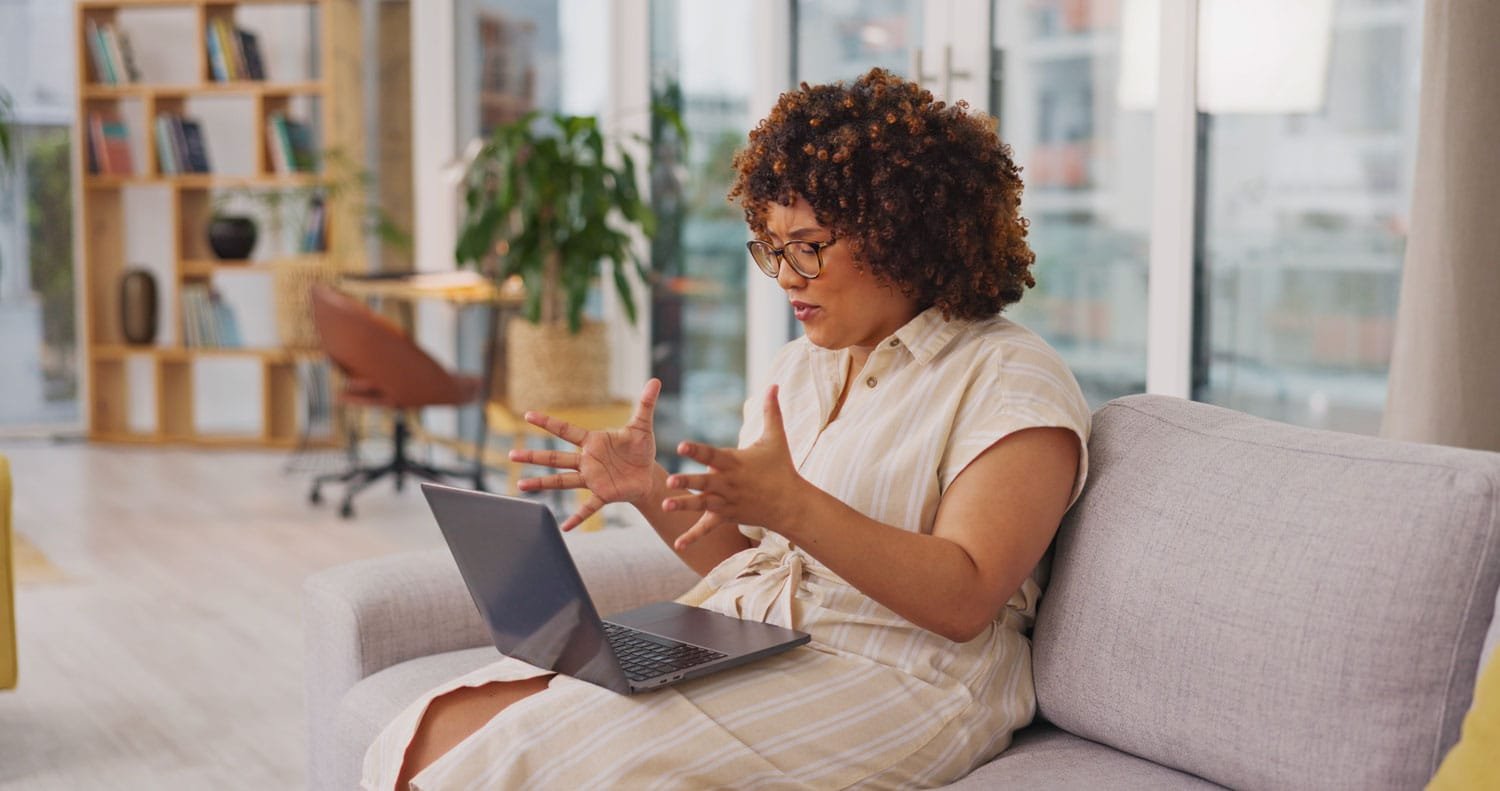Let’s get one thing out of the way, your website can be gorgeous. A whole vibe. The kind of site that, at a glance, makes people go “ooooh.” But if no one can navigate it, read the text, or figure out what the heck you do… it’s not working.
Great web design isn’t just about looks. It’s about function, clarity, and giving your visitors that yes-I’m-in-the-right-place feeling. Bonus points if it also looks amazing.
Whether you’re revamping an old site or starting fresh, here are five web design tips I swear by.
Design for Real Users, Real People, Not Just Your Own Personal Aesthetic
You’re not designing for you. You’re designing for your actual users. That means thinking about how they navigate, read, scroll, and click, not just what fits your interest and tastes.
Tip: Before you start, ask: What is the goal of this page? What do I want people to do on this page? If you’re not sure, you’re not ready to design. This is one of the first steps to building a user-friendly website.
High Contrast = High Impact
We all love a soft neutral palette, but if your text is giving “Where’s Waldo?”, your visitors are goanna leave. Plain and simple your message gets lost and so do the users, which is not ideal.
Tip: Accessible web design starts with contrast. Use colors that are legible on every screen. There are free tools to check this, use them. Style and accessibility can (and should) coexist.
Two of my favorite tools:
Color Contrast: https://accessibleweb.com/color-contrast-checker/
Button Color Checker: https://buttonbuddy.dev/
Don’t Let Your Fonts Start a Fight
Your website isn’t a fashion show, it’s a communication tool. If your fonts are shouting over each other, people won’t stick around long enough to learn anything about you or your business
Tip: Stick to one or two fonts. Make sure your body text is clean and easy to read, especially on mobile. (Looking at you, fancy cursive script.)
Buttons Should Look Like Buttons
It’s 2025 and people are still hiding links in random places! Not ok! If you want someone to click something, it needs to look clickable.
Tip: Use bold, high-contrast buttons with clear descriptive calls to actions that let the user know what to expect if they click the button. Things like “Book a Call” or “Get a Quote.” Not vague phrases like “Click Me.” Keep it clear. Keep it Descriptive, Keep it clickable.
Alt Text Isn’t Optional
Alt text is like the secret sauce of accessible and SEO-friendly websites. It helps people using screen readers understand the content and tells Google what’s going on in your images.
Tip: Write descriptive alt text for every image. “Smiling woman working on laptop at coffee shop” is way better than “image12345.jpg.” This small detail does big work.
Final Thoughts: Make It Make Sense
If your website is pretty but confusing? You’ve got a problem.
If it’s functional but looks like a 2008 blog? Also a problem.
Good website design balances aesthetics and functionality.
Design with intention. Write like a human. Make it accessible. And for the love of user experience, test your mobile view!
Want help making your small business website actually work (and look good doing it)?
Let’s talk → Contact Us Today


